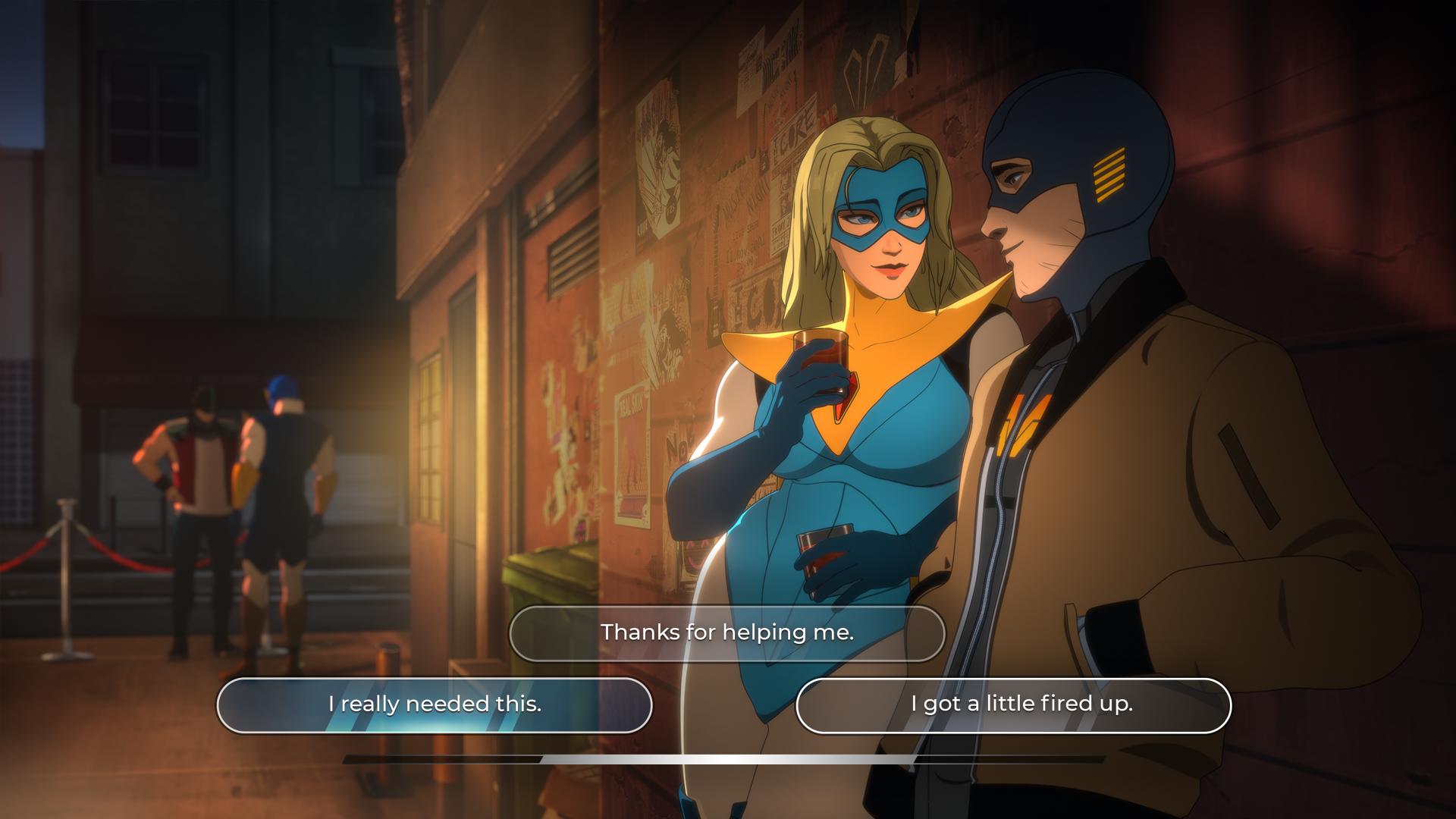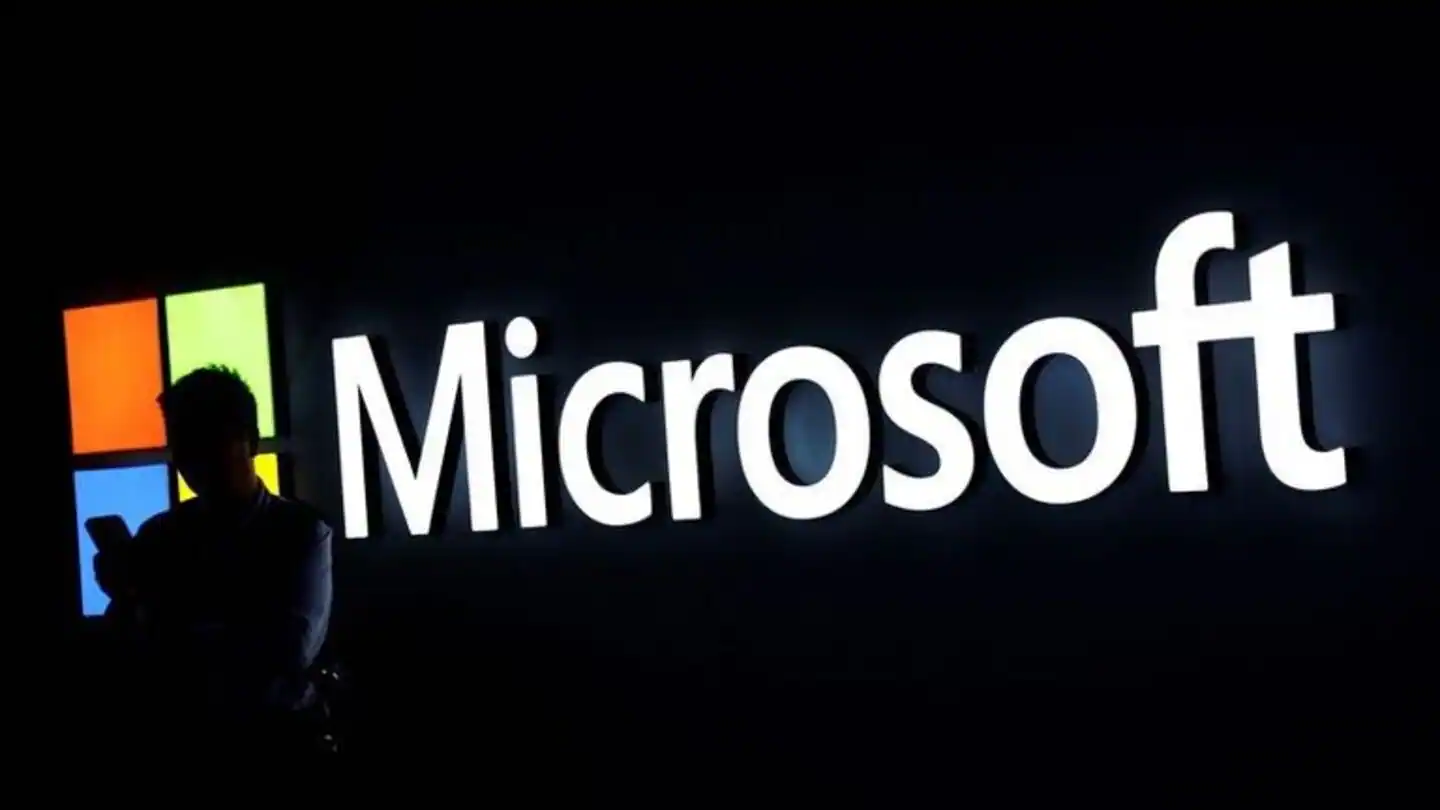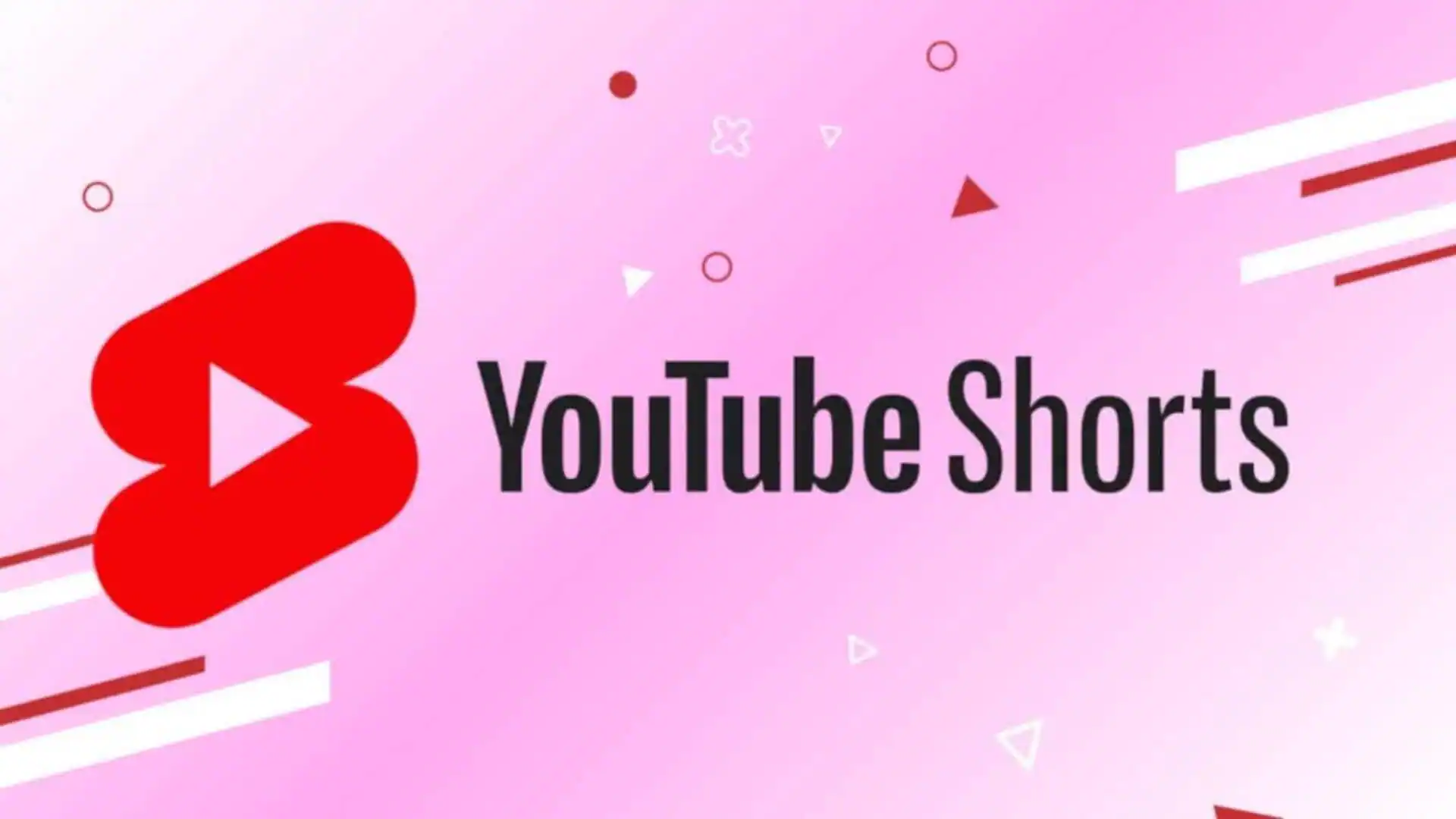By Mike Straw
Copyright insider-gaming

Dispatch isn’t trying to be just another release in a crowded fall lineup. With its episodic structure, stylized art direction, and focus on choice-driven storytelling, the game is designed to be experienced more like a season of television than what fans would consider a traditional game. Each episode drop is meant to give players something to chew on, sparking conversations and keeping the story alive.
To get a deeper look at how that vision came together, Insider Gaming sat down with several members of the AdHoc Studio team as part of a special preview event for the game: Dennis Lenart (CTO & Creative Director), Nick Herman (COO & Creative Director), Pierre Shorette (CCO & Narrative Director), Derek Stratton (Art Director), and Natalie Herman (Lead Producer). Together, we talked about why October felt like the right moment to launch, the game’s pricing, the challenges of building an episodic game, and why they see Dispatch as the perfect way to wind down after a long session of games like Battlefield or Call of Duty.
You can check out the full interview below, and check out Insider Gaming’s preview of Dispatch ahead of its release on PlayStation 5 (PS5) and PC on October 22.
Dispatch Interview With AdHoc Studio
Shorette: Yeah, I think but I think we’re sort of because we’re not necessarily competing like right against them genre wise, really hope that we can be sprinkling into people’s gaming diet that isn’t just, you know, the meal. We’re more like we’re like the thing you play after you’re done having a session with folks. And we’re going to be playing Battlefield.
We’re going to be playing COD. So it’s like we’re all in that same headspace as well. Like, I think being like additive end of the night, your fingers are cramped, like kind of gaming.
I think we’re like wind down gaming.
Nick Herman: I think we’re thinking of ourselves or we hope to kind of position it in a place where it is like you treat TV. It’s like you whatever you get off work, you get dinner, you play games and then it’s like, all right, I’m going to go sit on the couch, you know, or whatever, like I’m going to kind of switch it up. That’s I mean, at least we think we think the opportunity is there, whether or not, you know, folks are going to do it is a thing.
But also, we just really want to be the Titanfall of this year where we come out at the worst time and no one plays our game.
The episodic releases give players something to look forward to rather than getting everything at once. Is that kind of the mindset with releasing Dispatch with two episodes per week for four weeks?
Lenart: I think the one of the things that we’ve always really liked about just the episodic format in general is that conversation that happens in between episodes. And it doesn’t always have to be a who’s going to live and who’s going to die.
But what do you think is going to happen next? Where do you think these relationships are going? And I think also one of the things that that we’ve tried to plan around is, you know, with our release cadence being two episodes a week for essentially four weeks, it’s a short enough time window where folks who want to just wait and watch everything at once can do that.
And they’re not waiting too long. It’s not like in telltale days, you know, if the first episode came out and someone said, I’m going to wait until the end and play them all. That might be six to eight months.
And then by then you’ve moved on to everything else. And so with us, you know, the hope is to sort of be relevant and in the conversation as episodes are being released. Anything, just building more excitement for people who might not have heard about the game originally when it came out.
And then along the way, hear their friends talking about it, see someone playing it at their house and then decide to pick it up and check it out. So, yeah, so we feel like it’s it’s pretty like the way that we’re doing it in our release cadence is pretty flexible for people to engage with it in different ways.
Why two a week and not one to spread it out?
Nick Herman: I mean, I mean, it’s just when we’re looking at I think we didn’t we looked at like maybe we could do one a week. Then we’re talking about eight weeks. I mean, it’s harder to kind of keep people’s attention for that long.
And we also wanted to get a media enough chunks for people to sink their teeth into when when each drop hit. And we just felt like that amount of content was the right amount of content. And also we’re trying to be sensitive to like it’s a thing we’re aware of, like, we don’t want to put folks to think we’re forcing this thing on them. And like it’s like this, like, you know, arbitrary decision we’re making. Like it’s not arbitrary.
It is it is strategic. It is like we’re trying to like foster an experience for people who want that experience. They’re going to be people who just want to binge. They can wait, and that’s their that’s their choice. Or we hope that they see the value in being a part of the discussion, being a part of the that, you know, the community, like trying to figure out what’s going to happen next.
Shorette: We’re not like getting off on being withholding. We’re we’re just trying to give folks a measured like experience where they could share it with others and can build. And also the reality is after four weeks, this thing will be bingeable for infinity. You know, it will mostly live as a game that you can binge.
What was the decision process like between charging one price, then you get all eight episodes versus maybe charging a price per two episodes since you’re doing the two per week?
Nick Herman: We think of the of the game as one thing. You know, it is obviously episodic, but that’s kind of for creative reasons, not necessarily executive reasons. It’s it’s like this is how we want this experience to feel. So it’s just one thing. It’s a season. It’s a game that you can again, like you said, like for 99.9% percent of its life, it’s going to be a thing that you just buy and then you can just play from front to back if you want to.
Shorette: Yeah, it’s also not episodic in the way that you can just pick up an episode and drop it, it’s a story that builds across an entire season. So it is one story, not like, you know, eight stories. So I think that was also something that was a factor.
Lenart: We don’t want people hearing like, ‘hey, there’s a really cool thing in episode six’. And then someone checking out episode six and going, ah, I should have started over from the beginning. This just spoiled a big thing, let me go back. It’s a, sort of, nice enough package of content with a through line all the way through that. It just makes sense to start at the beginning if you’re going to engage with the story.
What were the challenges or were there any limitations on making sure you could fit what you wanted in the hour or so time frame per episode? Or was it a case of getting specific things in each episode to make sure the story moves along how you’d like?
Natalie Herman: I mean, definitely that was something that was at the forefront of our brains when we were breaking the story. Right?
You want you want to create a meaningful arc for every player experience, and you need to do that simultaneously inside of each of your episode chunks. So 100%, there are considerations for how do you make choice and consequence over a season, but also inside of individual episodes, feel meaningful. And then on top of that, we have this gameplay mechanic or dispatching shift mechanic.
And the challenge there was how do we make sure that your experience in the more cinematic choice driven narrative are informing what’s happening in the shift and vice versa? So you’re feeling your choices have consequences across the entire experience and not just one part of the experience. They really live and breathe together.
And so as far as, any more like creative conceits or parameters or limitations, ultimately, that just also comes down to the kind of bare bones. ‘Hey, we have a certain budget. Hey, we have a certain kind of content parameters that we can play within that sandbox.’
But I think as with most things, sometimes those creative limitations can also spawn new ideas and avenues we wouldn’t have otherwise gone down.
Shorette: We also just went wildly over budget. That’s, the secret. We just made more; We just didn’t stop. And I kept making this stuff, you know.
Were there instances when recording or any other areas where you found yourselves needed to make major changes because something wasn’t coming off as entertaining as you’d like or the mechanics just didn’t work with the story you were trying to tell?
Nick Herman: Maybe less so in the booth. I don’t think necessarily when we were in the booth recording, but we did have a piece of the game before we had the Dispatch mechanic, as you see it in the game. We had a different version of it that relied more heavily on cinematics. It was it was basically more cinematic, less gamey. And it was so, because we were using these cinematics that were more expensive to produce, it was very limiting as to what we could achieve.
So we ended up kind of pivoting right before we right before basically we wouldn’t have been able to pivot into into the gameplay that you’re seeing now, where it is is more systemic, more character driven, more anything can happen play through to play through. We were on a more limiting track for a long time. And we just kind of noticed that that this was going to be painful. So we pivoted.
Why just PC and PS5 at launch?
Shorette: Yeah, I mean PC is always a given. I think PlayStation is also just a place that I think maybe we associate with good storytelling more so than maybe some other platforms. That’s not going to say that we’re not going to eventually come out on those platforms, but there’s certainly a ubiquity to a good single player storytelling experience that I think I associate with PlayStation.
One thing that was talked about was games aging well. How much went into that decision for Dispatch’s art style to make sure that, 10 or 20 years from now, the game looks just as good then as it does today?
Stratton: The thing about Dispatch is that there’s no real fancy tech with it. It’s actually pretty stripped down and it’s more closely, I think, related to sort of older animated movies or television shows; the same sort of approach. It’s like two shaded characters with matte paintings, with some fancy compositing, that’s kind of it, right? It’s really relies on the sort of slick graphic look that makes it feel appealing.
And I think those kind of things certainly age well, like, for example, to me, Sleeping Beauty is the best looking animated film of all time. And there’s nothing there. It’s a painting with some characters on top.
It has a very slick look. It’s very heavily designed. And for that, it will stand the test of time.
When working on this, I wasn’t relying on crazy shaders. I wasn’t relying on all these kind of tech to sort of make everything rendered in this kind of way. It was really just bare bones art principles. It’s just like good cinematography, good composition, good lighting.
And people seem to like it and hopefully it ages well. But I don’t see us having to somehow go, oh, you know, this looks really dated in five years. I don’t think that will happen.
Shorette: I think something like Dragon’s Lair is a great example, too. It’s still Don Bluth animation at the end of the day. I wasn’t quite old enough to have seen Dragon’s Lair when it was premiering in the arcade, but I can’t imagine what like Galaga and all those like those types of games look like sitting next to it.
They must have looked insane.
Stratton: You’d see like Space Ace in an arcade. I was just like, what is this? How is this happening? And I think like people seem to be having a that sort of reaction when they when they see Dispatch. They’re just like, this feels cool.
This feels like a show. And that’s really great.
But the best part about it is that if you watch people play through, after about like 10 or 15 minutes, they don’t talk about the art at all. It just sort of starts to take a back seat and people just start to accept it as the new normal. And that is like the thing that I am the most proud of, is that it becomes part of the whole thing. It feels organic.
Lenart: Part of the the inspiration too was, at Telltale, I think there was some games that we worked on that we were really proud of. We thought the stories were great and the interactivity was great. And we wanted to show everyone you can because you think they’d be interested in it.
Some people would just bounce off the visuals because it looks too video gamey or sometimes last “generationy”. And one of the things with Dispatch is we really felt from the beginning that this was a story that everyone can enjoy. And having an art style that felt accessible, that felt like something you could just see on a streaming service and that you would sit down and watch and making that in a playable format felt like a way to sort of remove one of those barriers to entry for people and allow them to experience it.
Sales aside, what would you view as the biggest success when the game launches
Nick Herman: Making games is surprisingly hard. When we started the studio, we only had our experiences in our specific lanes of development. Having to start from scratch, with an original IP, in a relatively niche genre, and then having to learn about how to publish and market that game ourselves was bitting off a bit more than we initially appreciated, but with that comes the freedom of being able to approach each part of the process in whatever way we wanted to. Just shipping a game is something to celebrate in and of itself. And now, for the first time in our careers, whether you love or hate the game, it truly is our fault.



